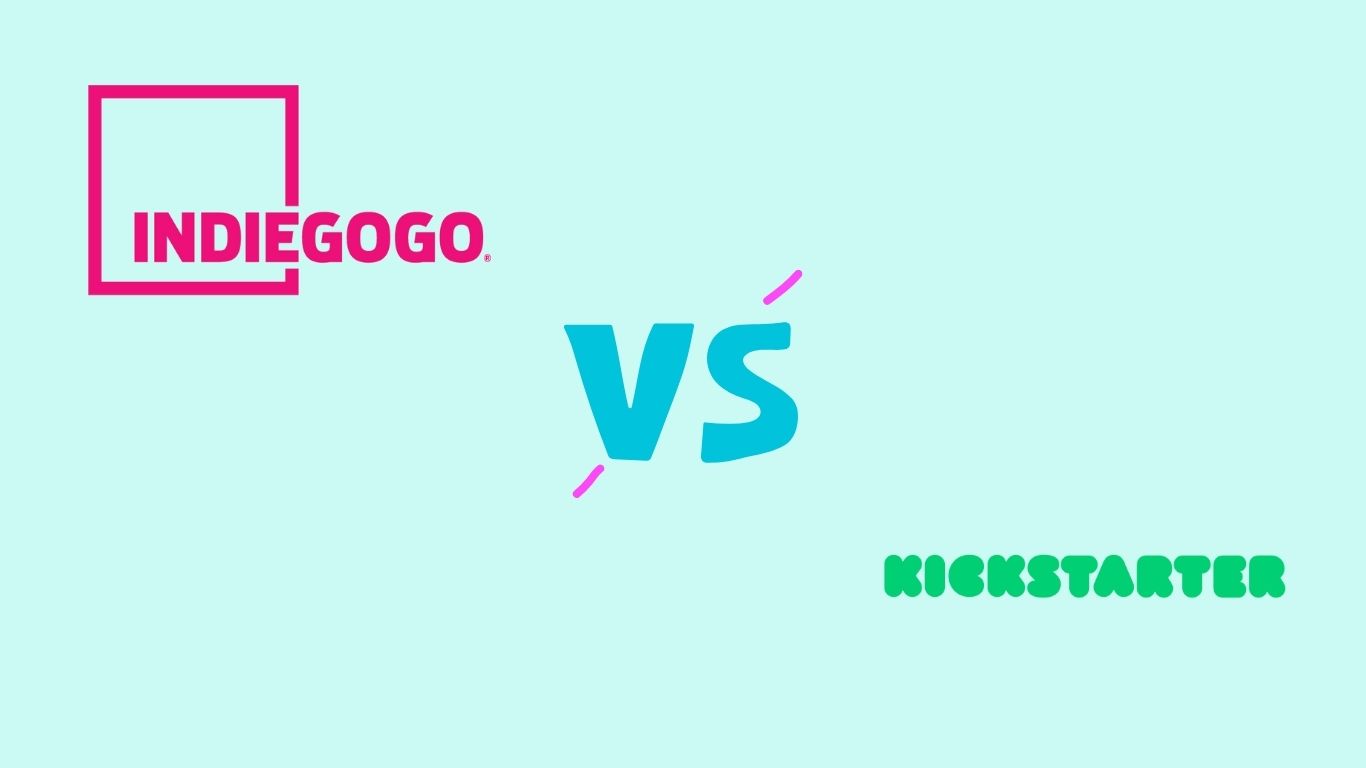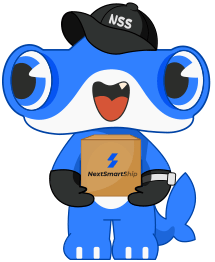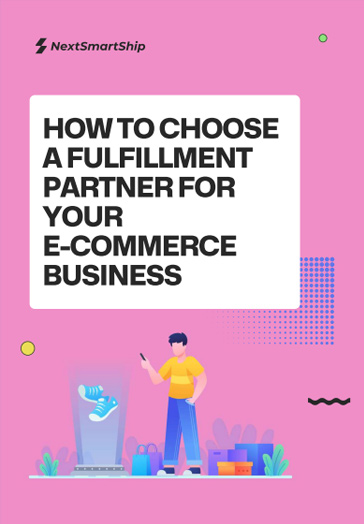Kickstarter is a funding platform for creative projects—everything from films, games, and music to art, design, and technology. Kickstarter is full of ambitious, innovative, and imaginative projects brought to life through the direct support of others. Thousands of creative projects — big and small — have come to life with the help of the Kickstarter community.
Indiegogo is a crowdfunding platform that helps entrepreneurs and innovators bring their ideas to life. In addition to raising money, Indiegogo offers entrepreneurs a variety of resources to help them succeed in business and launch new products. With Indiegogo’s inDemand, you can extend your campaign after it ends, giving you more time to raise funds and build momentum.

Comparison chart
Indiegogo and Kickstarter are two of the most popular crowdfunding platforms. Entrepreneurs, startups and people with creative projects use these platforms to raise funds for their projects. While Indiegogo is an international platform, Kickstarter is limited to US-based projects.
We have compared both platforms in terms of features to help you decide which one is better suited for your needs:
| Kickstarter | IndieGoGo | |
| Prototype | Working | Non-working |
| Setup Fees | 5% | 5% |
| Payment Processing Fee | 3% + 0.2c | 3% + 0.3c |
| Payment Partner | Stripe and Amazon Payment (US only) | Stripe, Paypal |
| Success Rate | 39.4% | 9% |
| Countries | US, UK, Canada, Australia, New Zealand, Netherlands, Denmark, Ireland, Norway, Sweden, Germany, France, Spain, Italy, Austria, Belgium, Switzerland, Luxembourg | 224 countries (International) |
| Product Categories | Music, Film, Art, Technology, Design, Food, Publishing and other creative fields. | Creative Works, Technology and Innovation and Community Projects. |
| Registration | Reviewed by Staff | Automatic |
| Pledge Charged | End of Campaign | Instant |
| Maximum Reward Offered | 10 K | Limitless |
| Unique Monthly Visitors | 27 million | 12 million |
| Backer’s Details | After Survey | Immediate Access |
| Maximum Days | Up to 60 | Up to 60 |
| Funding Options | Fixed | Both fixed and flexible |
| Cost (Successful) | 5% of funds raised plus a small fee for each pledge will be charged | 4% of funds raised plus a small fee for each pledge will be charged |
| Cost (Unsuccessful) | Free | 9% of funds raised if flexible and 0% if free |
| Video Embedment | Internal | Vimeo or YouTube |
| Google Analytics | Integrated | Not integrated |
| Page Optimization | Fewer options | HTML options |
| Messaging System | Own | Emails |
| Post Campaign | Spotlight Page (Referral Link) | InDemand (funding can be continued) |
| Payout Time | 14 days | 15 days |
| Other Features | Projects We Love | |
| Other Features | Kickstarter Live | |
| Other Features | Secret Perk | |
| Other Features | Referral Program |
Difference Between Indiegogo and Kickstarter
Prototype
Kickstarter
To raise money on Kickstarter, you’ll need a prototype, and this is the best way to show potential backers that your product is authentic and will work. There’s no need for a fully functional prototype, but it should look like it does in your video and be similar in quality to the final product.
Indiegogo
If you’re starting, a prototype is not required for Indiegogo. However, it is highly encouraged. A prototype shows potential backers that you have a working product and helps them visualize what they will be receiving if they back your project. It also lets you understand how much money you need to raise to bring your product to market.
Payment Partner
Both platforms use Stripe to process payments. The choice to choose Kickstarter or Indiegogo can rely heavily upon the method of payment.
Kickstarter
You can pay with the following credit cards: American Express, Discover, JCB, MasterCard, Visa, or UnionPay. Discover, and JCB cards are currently only accepted for US-based projects. They do not accept prepaid debit or credit cards such as Visa Electron or Maestro (typically used for ATM withdrawals at overseas machines).
Indiegogo
Indiegogo accepts Visa, MasterCard, and American Express via Stripe payment processing. If you have an iPhone 6 or later with Apple Pay, you can use it to make purchases on Indiegogo.
Also, if you have an Android device running a 4.4+ operating system with the Google Pay app installed, you can use it to make purchases on Indiegogo (limited countries).
Success Rate
Kickstarter
Although 39.4% of projects on Kickstarter succeed in reaching or surpassing their funding goal, 10% never receive a single pledge (and those are just those listed as “active”).
Indiegogo
The Indiegogo platform has a 9% success rate. However, Indiegogo is a flexible funding platform that lets you keep whatever money you raise, even if you don’t meet your goal.
Product Categories
Kickstarter is mostly used by artists, filmmakers, musicians, and other creators looking to fund their projects while IndieGoGo is mostly used by startups, charities, and entrepreneurs looking to raise money for a specific cause.
Registration
Kickstarter
Applicants must clearly present their project, and it’s essential to include all relevant information about the project in the video and text description. If specific points are not highlighted enough, the admin will ask to make changes before the campaign goes live. After applicants submit their project idea, it will be reviewed for any legal issues or violations of our guidelines. They also check the financial viability of your project. If it looks like a good fit for Kickstarter (it’s legal and feasible), they’ll approve it and start building the page!
Indiegogo
Indiegogo doesn’t have an approval process, so you can start raising money immediately. If you’re new to Indiegogo, you might want to gather your campaign materials first: a video of your pitch, a written description, and social media links. The more information you have before launching your campaign, the better your chances of attracting backers. You should also implement a perks system for people who donate to your cause. A perks system is a way for you to give back to your contributors by offering incentive rewards for different tiers of donations.
Pledge Charged
Kickstarter
When you pledge, your credit card or other payment methods will be charged when the pledge is processed. If the project is successfully funded, your credit card will be charged at the time of the transaction, and you will receive a confirmation email to confirm that you are now a backer of the project. No charges will be made to your account if the project is not successfully funded.
Indiegogo
All contributions made on Indiegogo must be processed through our payment processors. Indiegogo immediately charges credit cards for donations made directly on Indiegogo’s website. Stripe will process contributions made with a debit card or bank account. A successful contribution will also be recorded on your Indiegogo account.
Unique Monthly Visitors
Kickstarter has been around longer and is more popular with creators and backers. The site has amassed 25 to 27 million unique monthly visitors compared to 9 million for Indiegogo. The latter has other strengths. It offers a broader range of funding options than Kickstarter — including flexible funding (which means you keep the money even if you don’t reach your goal) and a fixed allowance (where if you don’t hit your target, you don’t get anything). And unlike Kickstarter, Indiegogo lets you keep whatever money you raise even if you don’t achieve your goal.
Funding Options
Indiegogo uses an “all-or-nothing” model and an “optional” model. Donations are accepted whether or not a campaign reaches its goal by its deadline. The optional model allows campaigns to continue raising funds even after reaching their goal of raising more money for the project’s completion.
On the other hand, Kickstarter uses an “all-or-nothing” model, meaning that if you don’t reach your funding goal by the deadline, you don’t get any of the money pledged by backers. In this case, you will receive whatever percentage of donations you were able to raise from backers.
Kickstarter vs Indiegogo fees
Both Kickstarter and Indiegogo charge a flat 5% platform fee, plus payment fees, and PayPal charges between 3–5%, while traditional credit cards charge a flat 3%. For Indiegogo, there’s an additional $25 wire fee to transfer USD earnings to a non-US bank.
Conclusion
Indiegogo vs Kickstarter, which one is the best option for you? There’s no one-size-fits-all approach to deciding which crowdfunding platform is the best for your campaign. Choosing the best crowdfunding platform for your project depends on your goals, task, and audience. If you’re looking to raise exclusively charitable donations, Indiegogo is a better choice. If you’re creating and selling products, Kickstarter is the better choice. Once you’ve weighed all these factors and made your choice, getting started immediately is essential—campaign preparation takes time. But with enough planning, both platforms will surely help you make your dream a reality!
Use NextSmartShip for Your Kickstarter or Indiegogo Fulfillment Needs!
Looking for a reliable and efficient way to fulfill your Kickstarter or Indiegogo campaign rewards? Consider using NextSmartShip’s fulfillment service. With years of experience in the industry, NextSmartShip offers a comprehensive solution to fulfill your orders quickly and accurately, leaving you with more time to focus on your project. Their state-of-the-art technology ensures that your backers receive their rewards on time and in perfect condition. Plus, our competitive pricing makes it an affordable option for campaigns of any size. Don’t let shipping be a headache, let NextSmartShip take care of it for you. Contact us today to learn more about our services and how we can help you.



